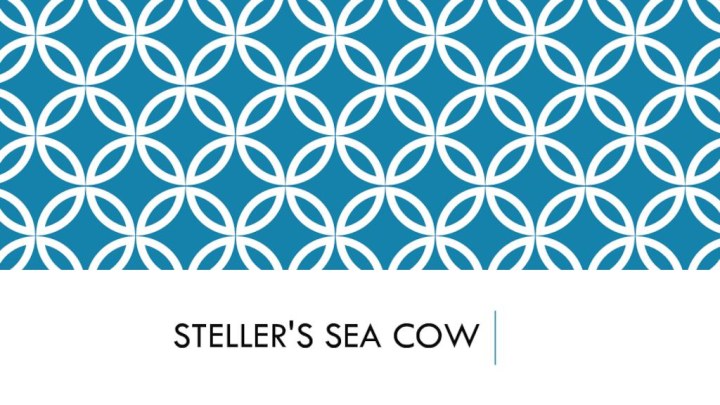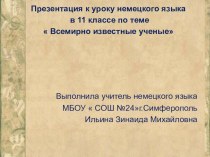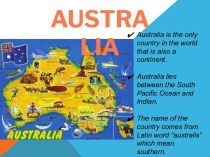- Главная
- Разное
- Бизнес и предпринимательство
- Образование
- Развлечения
- Государство
- Спорт
- Графика
- Культурология
- Еда и кулинария
- Лингвистика
- Религиоведение
- Черчение
- Физкультура
- ИЗО
- Психология
- Социология
- Английский язык
- Астрономия
- Алгебра
- Биология
- География
- Геометрия
- Детские презентации
- Информатика
- История
- Литература
- Маркетинг
- Математика
- Медицина
- Менеджмент
- Музыка
- МХК
- Немецкий язык
- ОБЖ
- Обществознание
- Окружающий мир
- Педагогика
- Русский язык
- Технология
- Физика
- Философия
- Химия
- Шаблоны, картинки для презентаций
- Экология
- Экономика
- Юриспруденция
Что такое findslide.org?
FindSlide.org - это сайт презентаций, докладов, шаблонов в формате PowerPoint.
Обратная связь
Email: Нажмите что бы посмотреть
Презентация на тему по английскому языку на тему Steller's sea cow (9 класс)
Содержание
what it isSteller's sea cow is an extinct sirenian discovered by Europeans in 1741. At that time, it was found only around the Commander Islands in the Bering Sea between Alaska and Russia; its range






Слайд 3 Whether Steller's sea cow had any natural predators
is unknown. It may have been hunted by killer
whales and sharks, though its buoyancy may have made it difficult for killer whales to drown, and the rocky kelp forests in which the sea cow lived may have deterred sharks. According to Steller, the adults guarded the young from predators. Like other sirenians, Steller's sea cow was an obligate herbivore and spent most of the day feeding, only lifting its head every 4–5 minutes for breathing. Kelp was its main food source, making it an algivore. Steller's sea cow only fed directly on the soft parts of the kelp, which caused the tougher stem and holdfast to wash up on the shore in heaps. The sea cow may have also fed on seagrass, but the plant was not common enough to support a viable population and could not have been the sea cow's primary food source. Further, the available seagrasses in the sea cow's range may have grown too deep underwater or been too tough for the animal to consume.
ECOLOGY
Слайд 4
BEHAVIOR
Steller described the sea cow as being highly
social. It lived in small family groups and helped
injured members, and was also apparently monogamous. Mating season occurred in early spring and gestation took a little over a year, with calves likely delivered in autumn, as Steller observed a greater number of calves in autumn than at any other time of the year. Since female sea cows had only one set of mammary glands, they likely had one calf at a time.The sea cow used its fore limbs for swimming, feeding, walking in shallow water, defending itself, and holding on to its partner during copulation. According to Steller, the fore limbs were also used to anchor the sea cow down to prevent it from being swept away by the strong nearshore waves. While grazing, the sea cow progressed slowly by moving its tail from side to side; more rapid movement was achieved by strong vertical beating of the tail. They often slept on their backs after feeding. According to Steller, the sea cow was nearly mute and made only heavy breathing sounds, raspy snorting similar to a horse, and sighs.





























